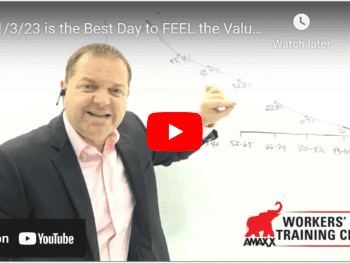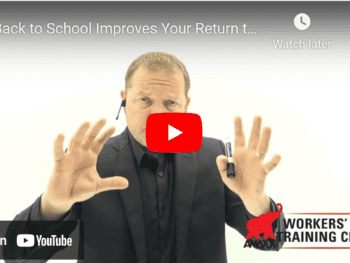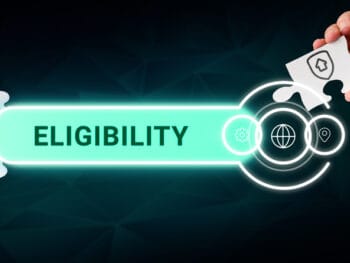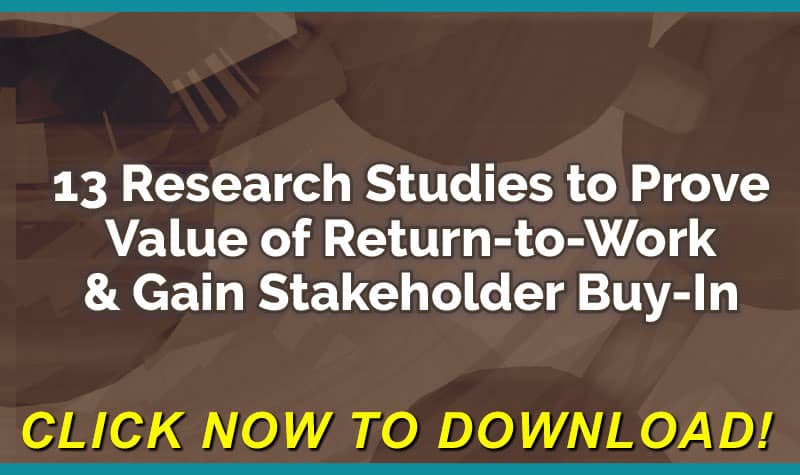
Technology Can Make Return to Work More Efficient
But are there any newer technologies and approaches that can facilitate this process to make it more effective and expedited?
In a previous article, I discussed the critical need for an advanced form of “job description,” which we refer to as a digital job profile (DJP) containing a comprehensive physical demands analysis(PDA). It bears repeating that the digital job profile is the cornerstone to understanding the explicit, quantitative demands of a job, and is utilized by all stakeholders in the claim management continuum. How can we return an individual to modified or full duty without knowing exactly what the job requirements are?
Click Link to Access Free PDF Download
“13 Research Studies to Prove Value of Return-to-Work Program & Gain Stakeholder Buy-In”
Psychological Component Can Play Greater Role Than Biological
Many of you are aware of the biopsychosocial model of injury or illness. In short, this is the recognition that non-physical factors highly impact functional restoration. In fact, many experts feel that the psychosocial components play a greater role than biological ones. You have undoubtedly noticed that the same type of injury may be devastating to one individual, while a more resilient person easily overcomes it. It is extremely helpful to predict whether your claimant is likely to be in the former or latter category. If the claimant is fragile from a psychosocial perspective, many mitigation strategies can be employed to prevent the delayed return to work/life activities that inevitably accompanies these comorbidities.
Fortunately, there are automated, online screening tools available that allow you to enter claimant responses to a brief series of questions, and provide you with an immediate, calculated psychosocial risk level (high, medium, low). These validated tools may also recommend various interventions derived from the response pattern of claimants to the questionnaire. Some folks will benefit from cognitive behavior therapy, and others from family counseling, vocational guidance or psychiatric assessment. Risk screening helps to identify the level of risk, as well as appropriate strategies to help individuals better cope with the added stress of an injury or illness.
FREE DOWNLOAD: “13 Research Studies to Prove Value of Return-to-Work Program & Gain Stakeholder Buy-In”
Share Digital Job Profile with Treating Clinicians
Now that you have shared the digital job profile with treating clinicians, allowing them to set rehabilitation modalities and goals, and have dealt with any potential psychosocial risks, what is the most efficient way to monitor progress and make decisions about return to work? Again, technology to the rescue! One can send the digital job profile to a clinician, such as a physician or physical /occupational therapist, along with an online app that allows them to quickly and electronically document the capacities and/or restrictions and limitations related to any impacted body regions. This information is then instantly available to claim adjusters and nurse case managers and allows for quick determinations about a return to full or transitional modified duties, and at the end of treatment, this facilitates the “job matching” process. Automated algorithms can assess whether the claimant can return to their own job, alternate employment at the same company, or any other job contained within an extensive jobs database.
These processes streamline the recovery and return to work process by applying standardized objective functional metrics, validated screening and analysis tools, and integrated information-sharing among stakeholders. Additionally, they serve as an important defensive strategy given current ADAAA regulations and EEOC challenges.
















